Dear Chris:
I am a 38 year old mother of 2. I have been working out for over 19 years. Most of my time has been spent training as a runner. I have competed in 2 marathons and several half marathons. I generally run 5-6 times a week. Each workout is different depending on how I feel or whether I am training for a race.
Two years ago I was introduced to the weight room by my son David. Dave was trying to cut weight for wrestling so I decided to go with him and try and tone up a little. I was already in good shape from running but felt my muscles could be a little tighter. The results were incredible. The first thing I noticed was that my clothes fit better and my body became tighter. I also began to run faster. I have been very pleased with my results but am not sure if I am getting the most out of my workouts.
What type of workout do you think the average person should be doing? How many days a week do think I should workout with weights? How long do you think I should rest between sets? Any advice would be appreciated?
Stephanie
Dear Stephanie:
First let me start by telling you that you are not the average person. Anyone that can run a marathon or even a half marathon is considered an accomplished athlete in my book. Therefore your weight training workouts will be more aggressive. Since running is obviously your passion I would suggest weight training 3 times a week in addition to your 5-6 days of running. Each weight training workout should have at least 1 day of rest in between – a good example would be weight training on Monday, Wednesday and Friday. That way you have 4 days off in order to concentrate on your long distance running.
Divide your training into 2 equal parts. The first part will be called your off season training. The off season means you are not training for a race. Use this time to get stronger. I would suggest doing a workout that concentrates on three body parts a day. Do two exercises for each body part. Do 3-4 sets for each exercise. Keep your repetitions between 8-12.Allow yourself 50-60 seconds of rest between each set. Be sure to challenge yourself with weights that are difficult but are done with good form. This type of workout will help you to get stronger. Since you are not training for a race your runs should be shorter.
The second part of your training will be called your in season training program. During your in season program you will be training for a race so your workout will be different. You have already used the off season to get stronger. You will now want to focus on muscle endurance.
Change your weight lifting program to a full body workout. This means do one exercise for each body part. Complete 3 sets for each exercise. Keep your repetition between 10-15 repetitions. The idea is to decrease the amount of rest you take between each set so your body gets used to handling the same work load in less time. Start by allowing yourself 50-60 seconds of rest between each set. Every 2-3 weeks decrease the rest period by 10-15 seconds. By the time you are a month from your race you should be able to complete your workouts with out any rest in between your weigh training sets. This will help you make the transition from strength to endurance.
I am glad to hear you have discovered the benefits of weight training. Many runners do not lift for fear of getting bulky and muscle bound. They couldn’t be more wrong. Weight lifting is an excellent way to tone while increasing your speed and training for your races.
